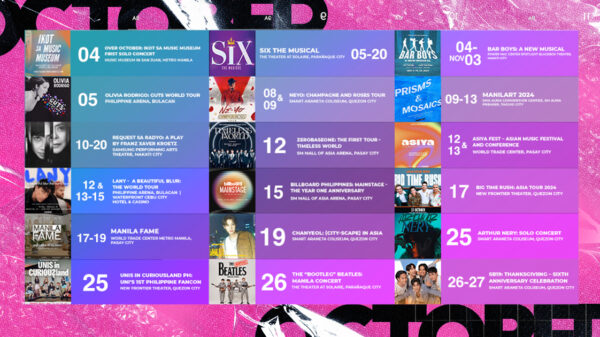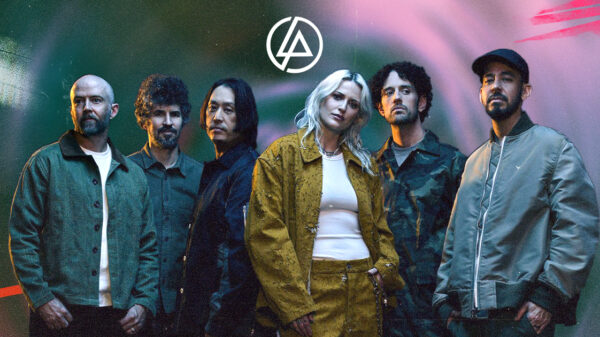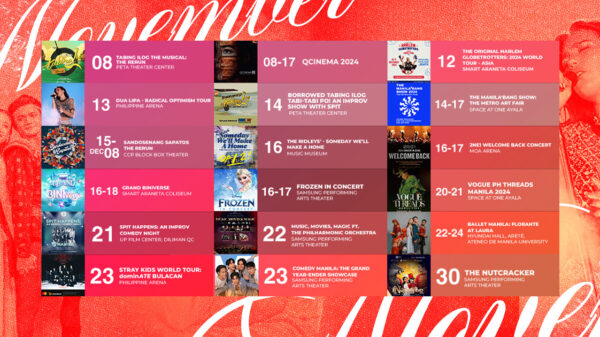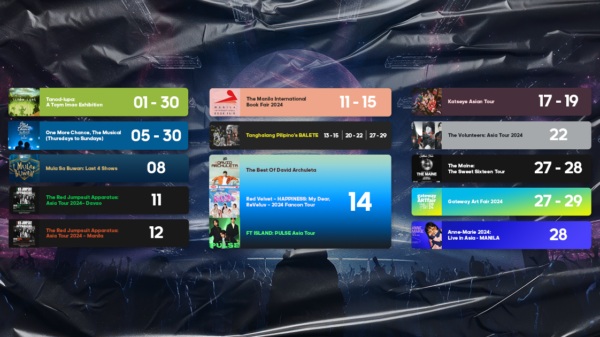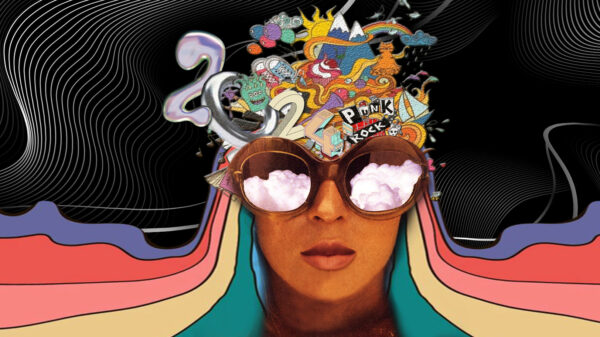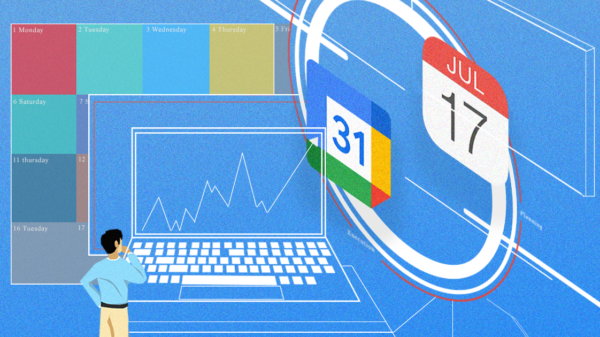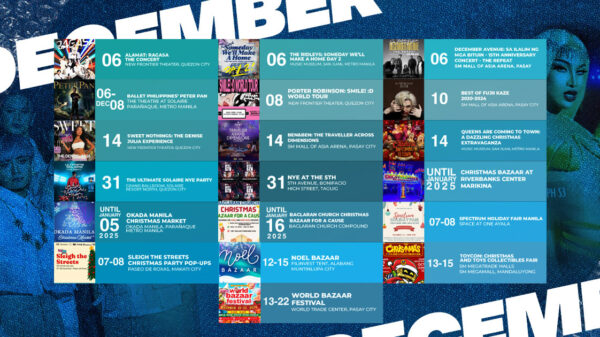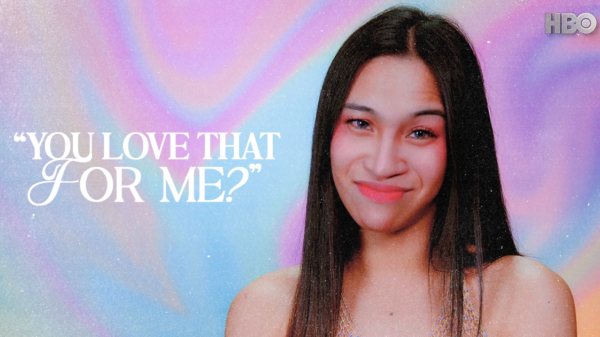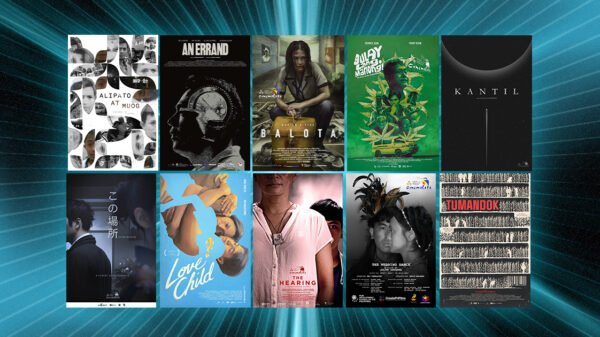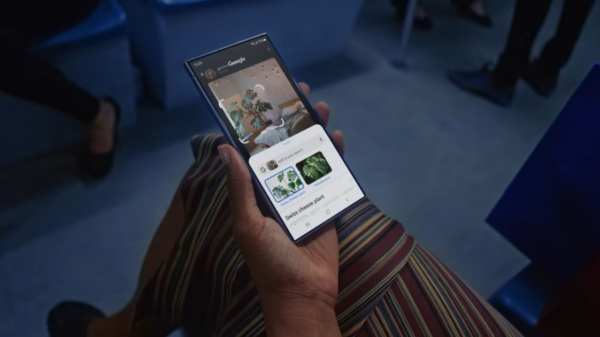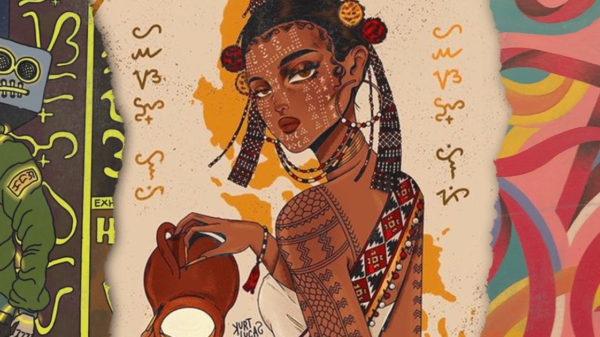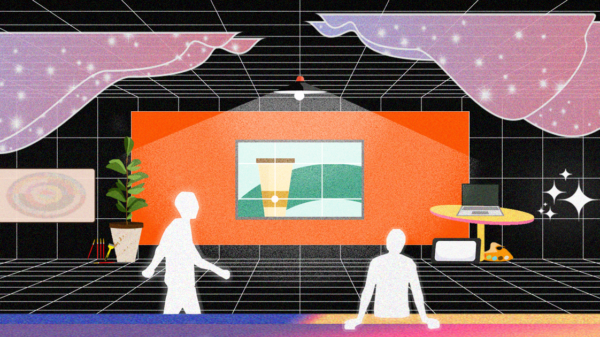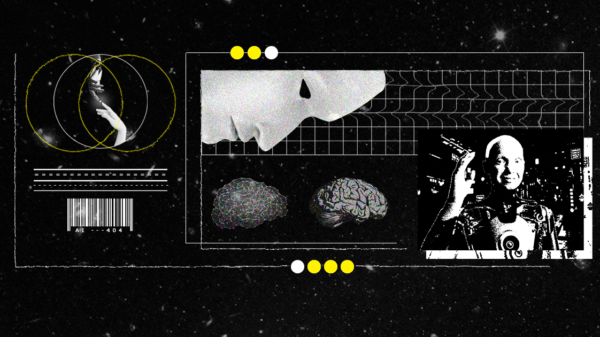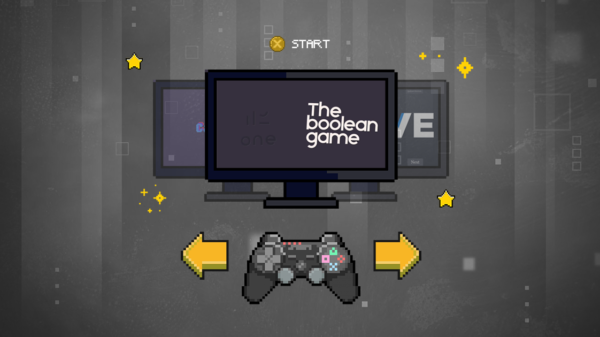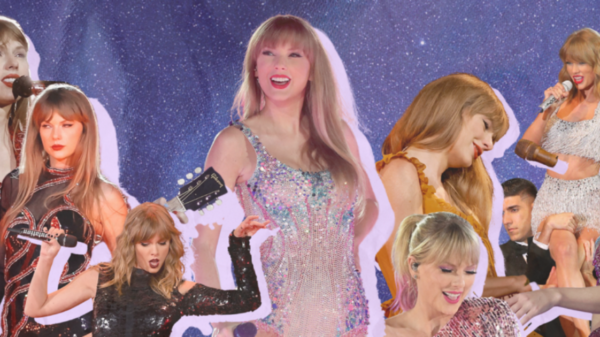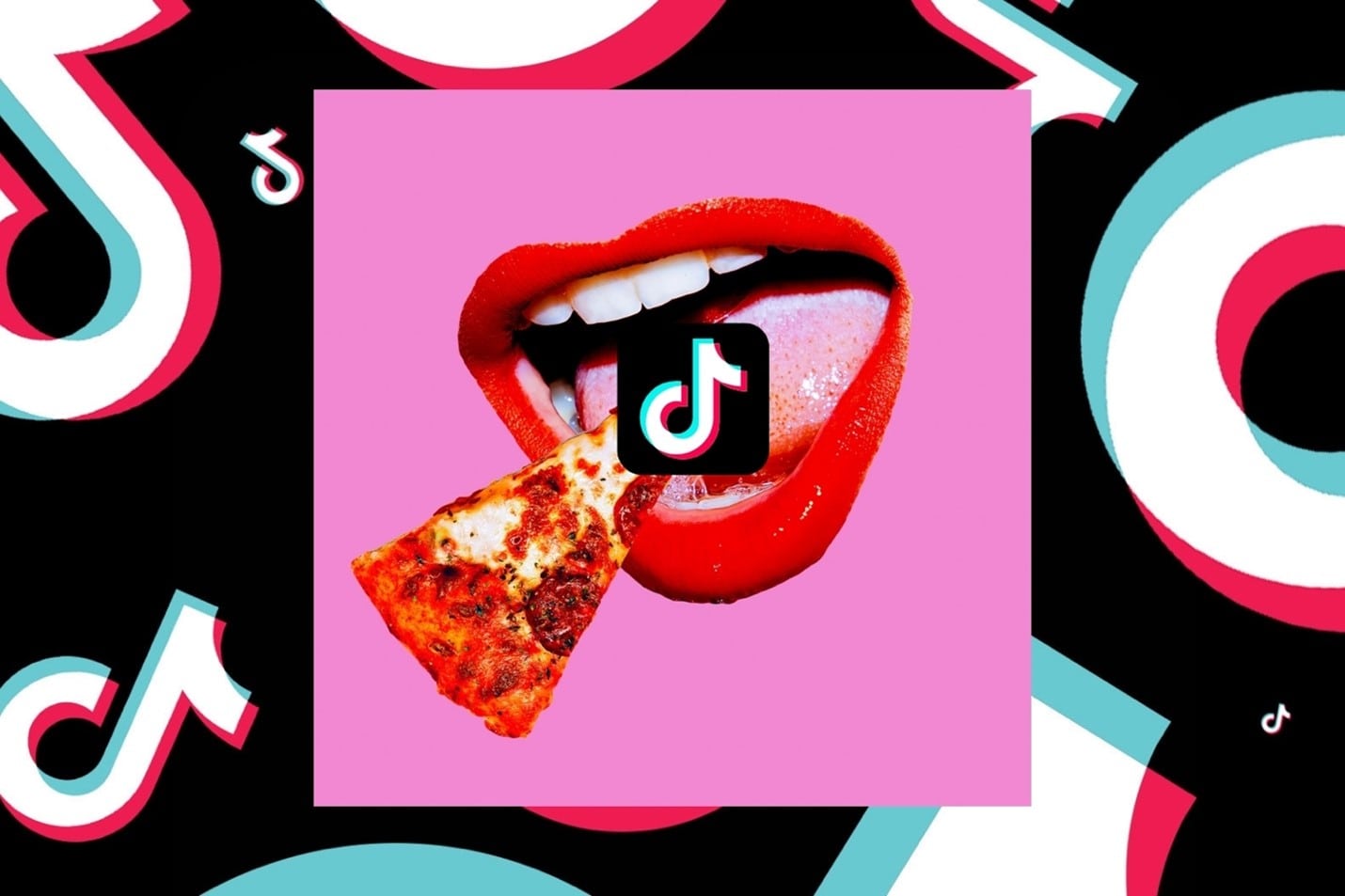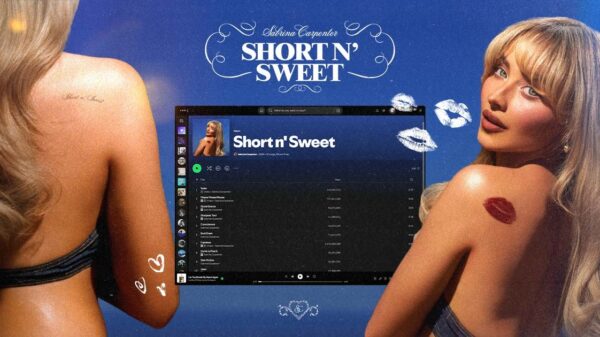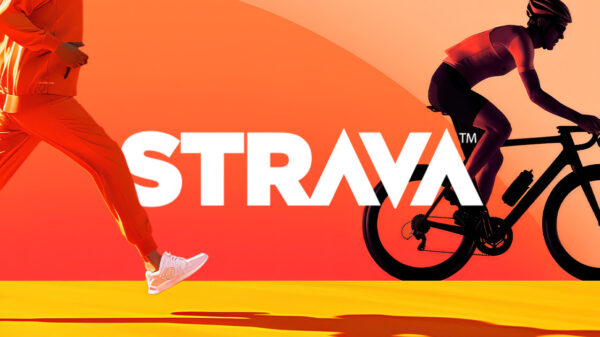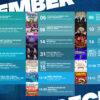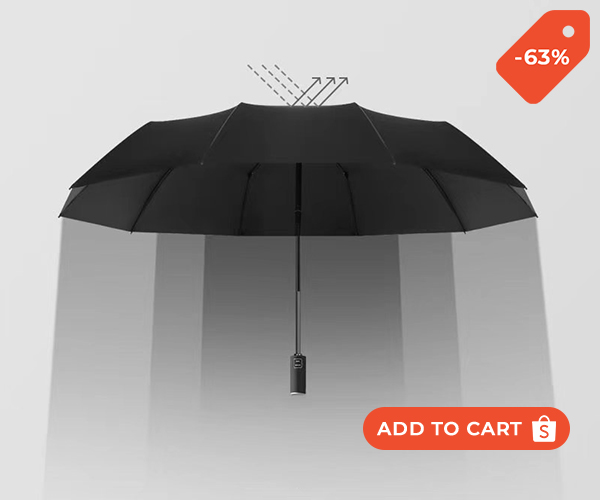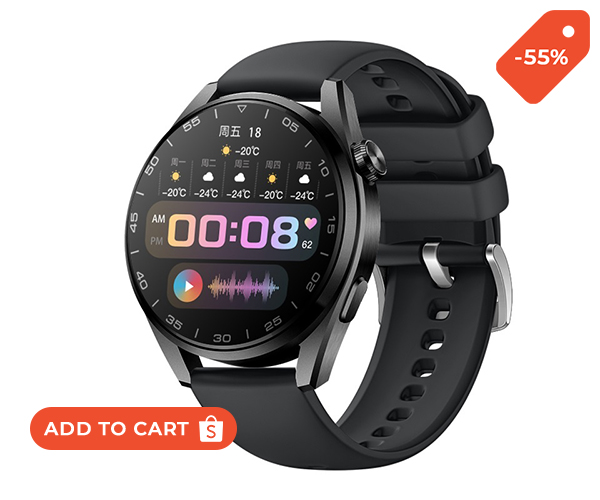Coronavirus, which has been around for a while, has altered the way individuals connect. Distancing oneself socially and physically is now the norm, even if it is just temporary. People remain isolated at home, unable or reluctant to leave their houses and participate in communal activities.
Fortunately, individuals have discovered new methods to communicate and collaborate. Some people use Zoom, a digital conferencing software. Others turn to Netflix and YouTube for solace. However, a growing number of people are downloading this quirky but addictive app called TikTok. Now the question arises, how Tiktok became a massive success during the pandemic?
What exactly is TikTok?
TikTok is a social networking platform that enables users to make, share, and respond to short-form music videos. Users of TikTok have been creating videos of themselves dancing, lip synching, acting, cooking and even exercising to audio snippets and sharing them with their friends.
The idea has been very well received. This app has been downloaded over 1 billion times from the Google Play store, according to the official TikTok statistics release.

Celebrities Tyga, Jason Derulo and Kendall Jenner on Tiktok

@charlidamelio @addisoneasterling @bella.poarch are three of the most followed celebrities on Tiktok worldwide.
The COVID-19 issue and TikTok are inextricably linked
Governments urged people to practice social distancing and to stay at home as the coronavirus spread across the globe to reduce infection rates.
People all around the globe are now in need of means to both amuse themselves and interact with others since they have been pushed into solitude. There was a massive uptake in users when they discovered TikTok.
Since then, the app became a media spectacle. People are interacting with one another via the platform according to media sites all over the internet. Take for example, the family behind the first-ever Quarantine Olympics or the kid from Vancouver who became a TikTok celebrity–in Italy. In addition to parents, educators are learning how to use TikTok; some want to keep their children engaged in their studies, while others want to interact with their students.
Celebrities are also getting involved, bolstering TikTok’s star power and appeal. TikTok and LivexLive collaborated on a 48-hour digital music festival, during which several up-and-coming artists played live on the site. Judi Dench even appeared on TikTok with her grandson and attracted lots of attention. And the viral post of (G)I-DLE, a Korean K-pop star, took on a TikTok dance challenge with aplomb.
According to Music Business Worldwide, the video app was downloaded 2 million times in the week of March 16th in the year 2020. 6.2 million downloads in the first 23 days of March, the app experienced a 27 percent rise over February of 2021.
Because of this, TikTok added much-needed safeguards to guarantee families can use the service safely, such as stricter limits on Direct Messaging for minors and improved content filters.
TikTok, on the other hand, isn’t simply assisting via its app. To fight the COVID-19 virus, the business has made numerous significant contributions to organizations such as the Royal College of Nursing Foundation. The app also served as a platform by medical professionals to debunk COVID-19 misinformation.

Filipina Celebrity Andrea Brillantes is the most followed person on Tiktok in the Philippines.
What’s the deal with TikTok’s current popularity?
Without a doubt, TikTok will rule the social media scene in the years to come. After a record-breaking Q1 with 315 million downloads, TikTok has officially exceeded 2 billion worldwide downloads across iOS and Android devices. This is believed to be the most downloads ever for a social networking app in a single quarter.
This phenomenal rise may undoubtedly be ascribed in part to the present circumstances. The platform’s content is lighthearted, approachable, and delivered in a digestible manner, making it ideal for lockdown watching. The app’s user-friendly and accessible nature makes it suitable for everyone. However, while in the past, individuals may have dismissed it as something they couldn’t relate to or even see it as ridiculous, during times of crisis, people would do everything to relieve their anxiety to improve their mental health.







